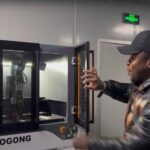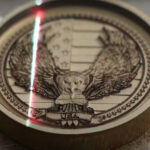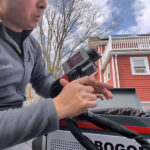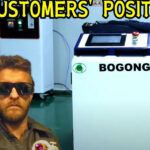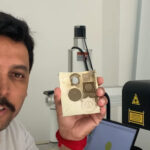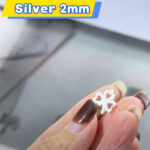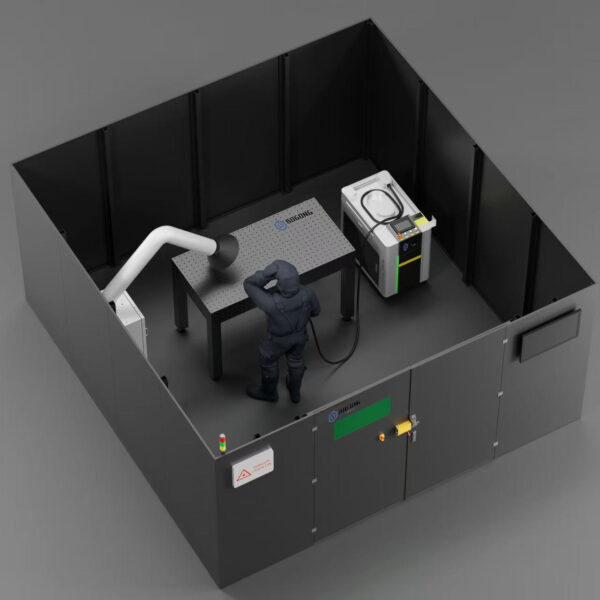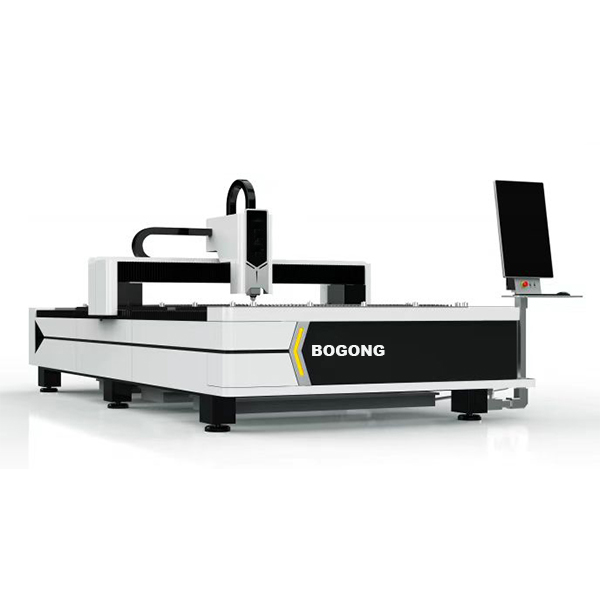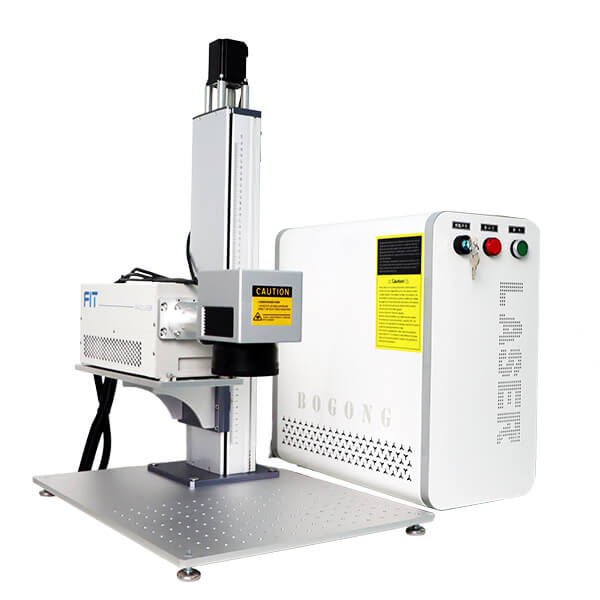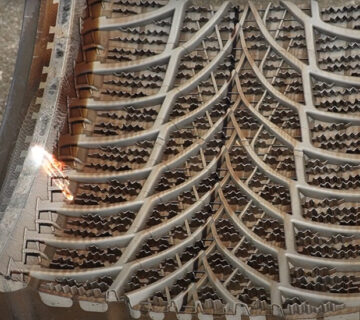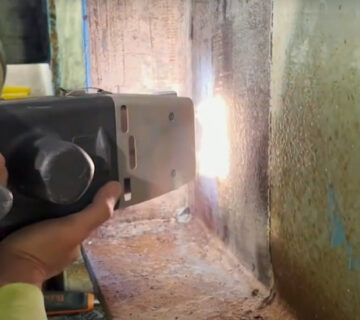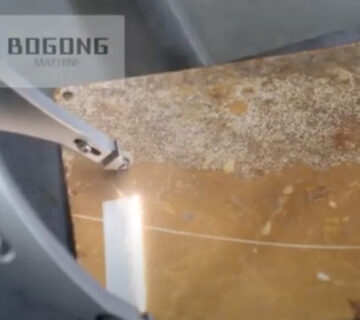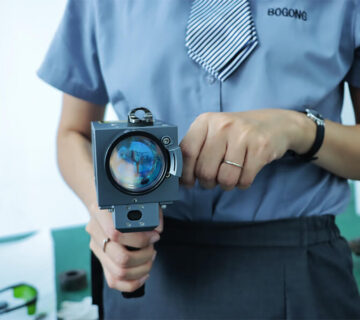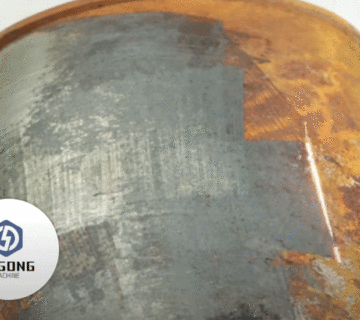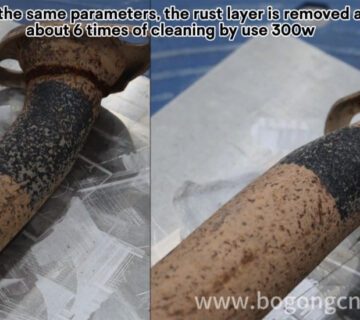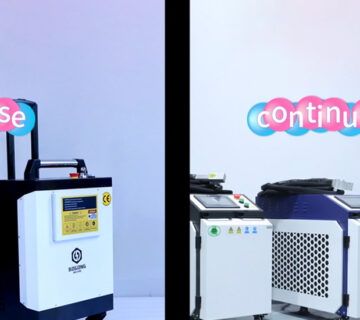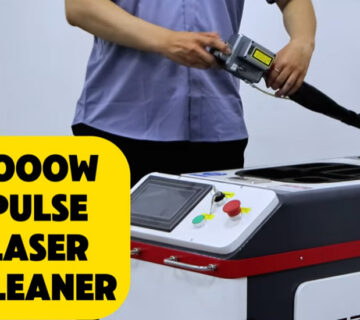Why “precision” isn’t a buzzword here
Working with bronze that bears historical patina requires precision, not brute force. The goal is to lift unwanted elements—sulfide crusts, greasy films, and chloride bloom (bronze disease)—while preserving the original patina and surface detail. A laser cleaning system delivers this control through adjustable parameters: wavelength selection, pulse behavior, spot size, pass strategy, and dwell time. In practical terms, operators precisely tune the beam to target contaminants without affecting the underlying metal. This targeted approach defines true precision—and separates a restored artifact from a stripped one.
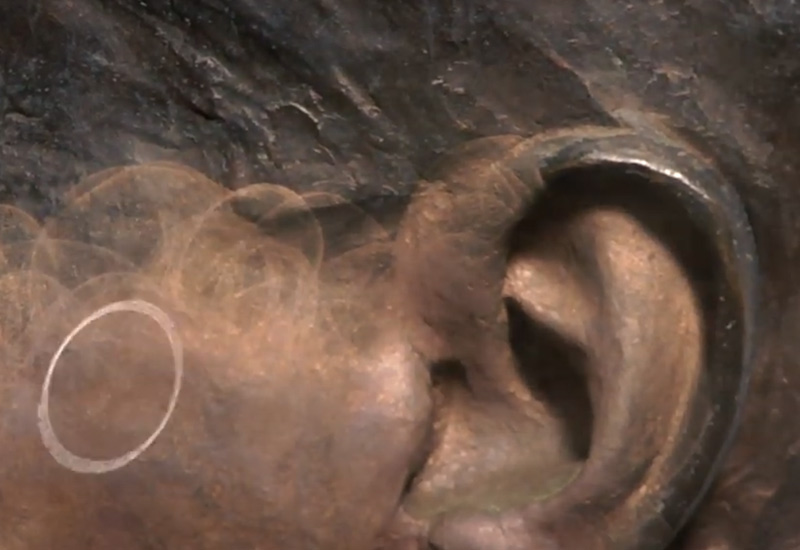
What conservators actually care about
Keep patina
You’re caring for a skin that formed over decades. So we tune for selectivity. Short dwell, controlled overlap, and conservative “fluence window”. If the deposit lifts without color jump and without raising roughness, you’re good.
Bronze disease is its own beast
Chloride-driven spots can propagate. With a pulse Laser Cleaning Machine, you can reduce the active layer and stop the cycle—without ripping out the stable patina around it. You’ll still do the standard checks, but the beam gives you surgical removal when chemistry alone feels too blunt.
Proof matters more than promises
Use a test-patch grid. Clean small. Document before/after with macro photos, gloss look, and color delta (ΔE) snapshots. If the tone stays honest and the detail edges remain crisp, you scale up. If not, you adjust: lower dwell, tweak pass count, try a different scan strategy.
Field pain points
| Pain point in the field | What usually goes wrong | Precision laser tactic | Watch-outs |
|---|---|---|---|
| Sooty pollution crusts on outdoor bronze | Abrasives glaze or thin the patina; solvents smear | Short, even passes; cross-hatch scan; tighter overlap on stubborn spots | Soot redeposition—wipe between passes; keep fume extraction close |
| Grease, wax, odd coatings from past “repairs” | Chemical tug-of-war; residue remains in pores | Pulse mode with light dwell; feather edges; bump repetition modestly | Overwarming thin flanges—work in bursts, let it breathe |
| Chloride bloom (“bronze disease”) in pits | Mechanical picks scar; acids overdo | Micro-spot cleaning inside pits; short dwell taps, not long burns | Don’t chase every pit in one go; iterate, re-check activity later |
| Gilded or painted adjacency | Solvent bleeds under edges; tape lifts | Mask; reduce pass energy; widen standoff; creep in from safe side | Pigment sensitivity—keep a buffer zone, prove on sacrificial patch |
| Mixed dirt + old lacquer layers | Chemicals fight each other; patchy sheen | Stair-step passes: thin the lacquer, pause, then lift dirt | Sheen mismatch—end with very light blending pass only if needed |
Some scenarios
Coastal monument with dark crust and salt splash
Wind loads salt into crevices. The conservator maps the crust, tries small squares first, and tunes a short-dwell, two-pass strategy. The crust pops, patina stays. For the chloride freckles, they tap them with micro-spots, then re-inspect a week later. No stripping, no shiny halos.
Bronze statue base with old wax + grime
Someone waxed it years ago, then life happened. The conservator thins the wax with gentle passes, wipes, then takes a second pass to lift embedded dust. They feather edges so the sheen doesn’t “stripe.” The base reads uniform, not plastic.
Museum piece, fine detail, cramped workspace
The conservator brings a compact pulse head, keeps standoff steady, and works with low dwell and narrow overlap. The goal is to clean the recesses without rounding the relief. Slow is fast. They stop as soon as deposits break free and detail reads.
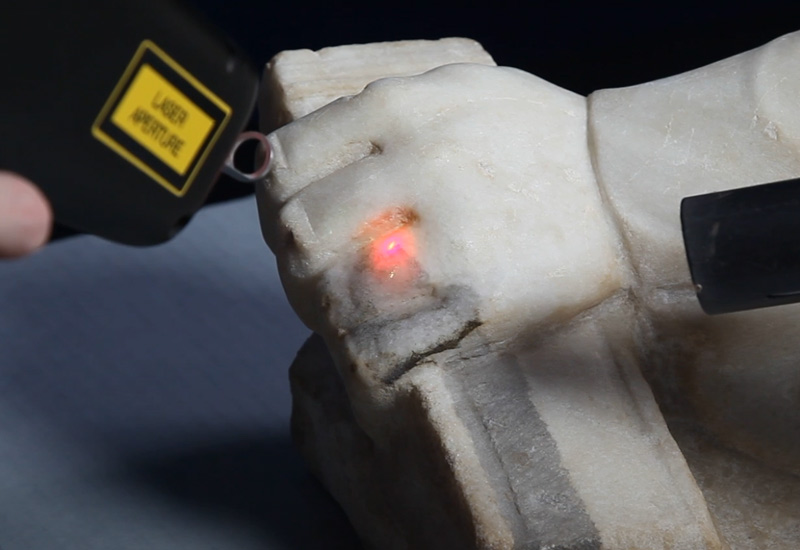
Gear talk
Pulse systems are the go-to when you need finesse on cultural relics—less heat load per pass, better selectivity on thin films and delicate crusts. CW fiber Laser Cleaning Machine has its place too, especially for heavier, uniform contaminants on robust sub-elements like bases, plinths, brackets.
And this video below shows intuitively demonstrates the advantages of pulse cleaning in low heat input, layered decontamination, and multi-pass control.
When to not laser first
If you have live gilding or fragile pigments but no way to mask, maybe you lead with a solvent swab or micro-vacuum and only laser the safe fields. If the alloy has weird inclusions or prior fills, proceed super light and re-evaluate after every pass.
“Which machine should I pick?”
| Situation | What you want the beam to do | Machine style that fits | Why that pick makes sense |
|---|---|---|---|
| Fine relief, small museum pieces | Tap off thin films, low heat load | Máquina de limpeza a laser de pulso de 200 W | Compact head, easier to hold a tight stance; smooth on detail |
| Outdoor statue with layered crusts | Step through layers without gouging | Máquina de limpeza a laser de pulso de 300 W | Enough headroom for crusts; still controllable |
| Sturdy sub-assemblies, bases, brackets | Move grime fast, predictable path | Máquina de limpeza a laser de fibra CW | Continuous power for uniform areas; keep it moving |
| Multi-site, time-boxed jobs | Roll up, test, clean, roll out | Máquina de limpeza a laser tipo maleta com carrinho | Mobility + integrated layout; less drama curbside |
| Larger surfaces that still need finesse | Balance speed with selectivity | Máquina de limpeza a laser de pulso de 500 W | Extra margin without losing pulse control |
How “precision” shows up in the workflow
Start tiny, learn fast
Tape off a small square. Run a quick ladder test: short passes, then slightly stronger.
Don’t chase speed. You’re reading the surface: smell, plume behavior, residue look.
If the patina goes dull or yellowish, you went too hot or too slow—back it off.
Clean edges like a pro
Feather your exit lines so you don’t print rectangles.
Cross-hatch only where you need body; single direction where the film is thin.
Keep the nozzle standoff steady; inconsistent distance = inconsistent bite.
Manage residue
Use fume extraction close in. Re-wipe between passes so you don’t re-bake soot.
For waxy leftovers, thin, wipe, then go again. Don’t try to erase in one slam.
Why BOGONG Laser in this space
You need reliable beam delivery and heads that don’t fight you in awkward angles. BOGONG Laser, as a Manufacturer with a global footprint, builds Laser Cleaning Machine options that map to real conservation work: pulse platforms for delicate artifacts, CW fiber for sturdier zones, portable trolley setups for monuments, plus a product family broad enough to match your “scene” rather than forcing a one-size choice. Certifications (CE, ISO, FDA, SGS) and OEM/ODM support speak to fabrication standards, not just marketing. If you’re a museum team, a contractor, or a heritage lab, you can spec the tool to the job and keep your own SOP intact.
Concluindo
Laser cleaning on bronze isn’t about blasting. It’s about respect—for patina, for history, and for the next conservator who’ll examine your work under raking light. Start small, tune smart, manage residue, document your steps, and pick a machine that fits the scene. If you need pulse finesse, mobile setups, or a heavier CW approach, BOGONG Laser has options you can actually deploy.
Welcome to fill the BOGONG contact form—tell us your scene, we’ll talk through a plan.

